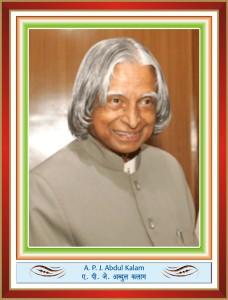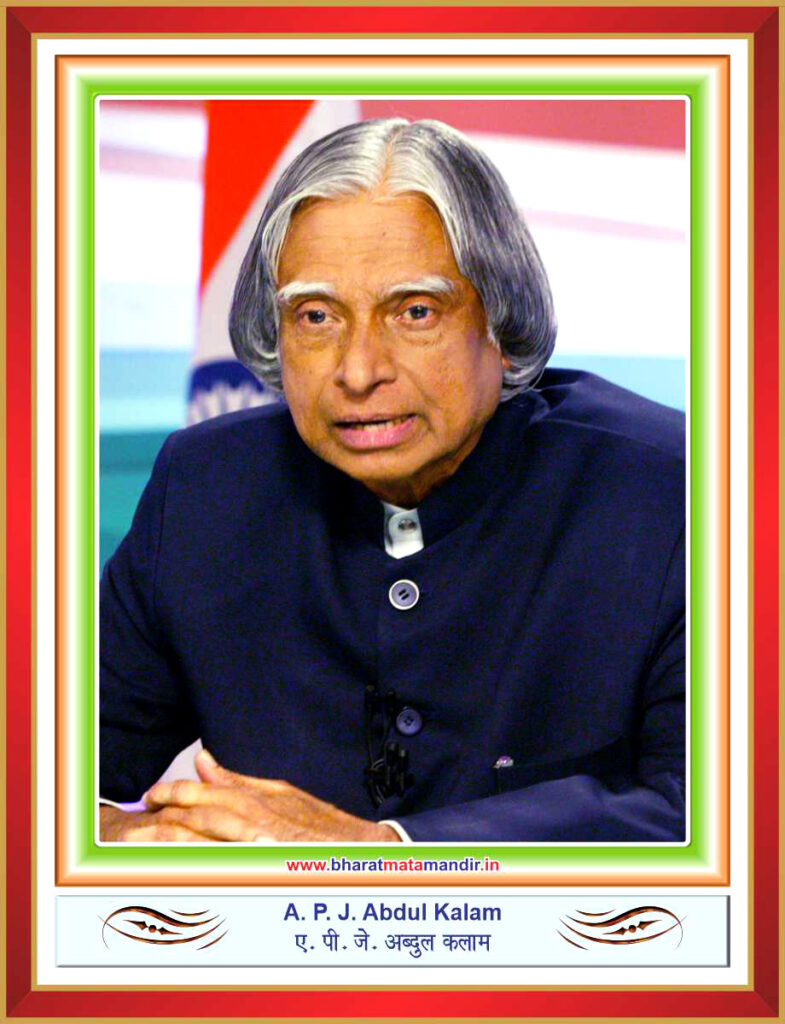- Arjun Gupta
- March 17th, 2010


ए.पी.जे .अब्दुल कलाम
अबुल पकिर जैनुलाबदीन अब्दुल कलाम (A.P.J .Abdul Kalam ) जी को ‘मिसाइल मैन ‘ और ‘जनता के राष्ट्रपति ‘ के नाम से भी जाना जाता है। आप भारतीय गणतंत्र के 11वीं राष्ट्रपति थे।
आपका जन्म 15 अक्टूबर 1931 को रामेश्वरम तमिलनाडु के एक मध्यम वर्गीय परिवार में हुआ था, आप 10 भाई बहन थे बचपन से ही कुशाग्र बुद्धि कलाम साहब ने 1950 में मद्रास इंस्टीट्यूट आफ टेक्नोलॉजी से आंतरिक विज्ञान में स्नातक की उपाधि प्राप्त करने के बाद भारतीय रक्षा एवं अनुसंधान एवं विकास संस्थान में प्रवेश लिया और 1972 में वे भारतीय अंतरिक्ष अनुसंधान संगठन से जुड़ गए अपने रोहिणी उपग्रह तथा 1982 में गाइडेड मिसाइल विकासित की ।
अग्नि और पृथ्वी मिसाइल के सफल परीक्षण में आपका बहुत बड़ा योगदान है , आपके निर्देशन में ही 1998 में पोखरण में अपना दूसरा सफल परमाणु परीक्षण करके भारत परमाणु शक्ति संपन्न राष्ट्रों की सूची में शामिल हुआ।
18 जुलाई 2002 को अब्दुल कलाम साहब को भारत के राष्ट्रपति के रूप में चुना गया आपका कार्यकाल 25 जुलाई 2007 को समाप्त हुआ।
27 जुलाई 2015 को अब्दुल कलाम भारतीय प्रबंधन संस्थान शिलांग में एक व्याख्यान दे रहे थे तभी हृदय घात के कारण , शाम 7:45 में निधन हो गया ।
30 जुलाई 2015 को पूरे सम्मान के साथ रामेश्वरम में अंत विदाई के साथ ही भारत माता का यह सपूत सदैव के लिए चिर मुद्रा में सो गये।